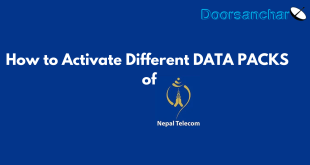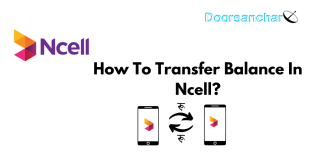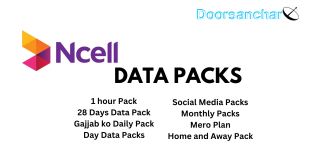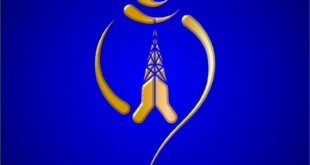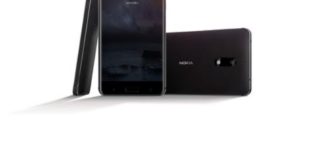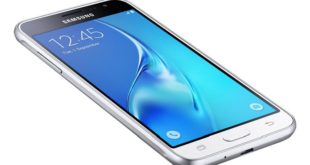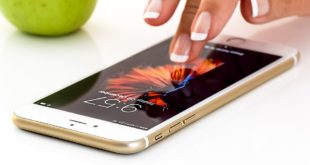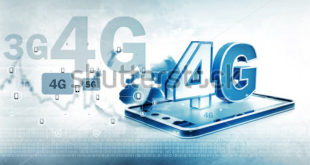 In a bid to roll out 4G service within this fiscal year, Nepal Telecommunication Authority (NTA) is sending amendment proposal on Frequency Policy to Radio Frequency Policy Determination Committee within this week. Once the proposal gets approved by the committee, NTA will be providing 4G spectrum to service providers.
In a bid to roll out 4G service within this fiscal year, Nepal Telecommunication Authority (NTA) is sending amendment proposal on Frequency Policy to Radio Frequency Policy Determination Committee within this week. Once the proposal gets approved by the committee, NTA will be providing 4G spectrum to service providers.
The proposal includes fixing spectrum band, modality, price and other legal provisions. ‘If the Ministry of Information and Communication endorses the amendment proposal to Radio Frequency Policy, 4G service will be into operation within coming fiscal year’ says Spokesperson of NTA, Minprasad Aryal. Telecom companies have been asking for 4G spectrum for the last three years but because of legal complexities, NTA is yet to assign the spectrum.
Nepal Telecom is all set to introduce the 4G service – Nepal Telecom
‘Nepal Telecom is all set to introduce the 4G service’, says Prativa Baidhya, Spokesperson of NT. Ncell has also been claiming it will make the service available to customers within three months of getting 4G spectrum from NTA.
4G, successor to 3G is all about data speed. In general, anything involving transferring large amounts of data gets a big boost from 4G. The 4G technology also known as LTE can provide high-speed broadband data connection, except usual voice. For example, a customer can enjoy watching a high-definition video without streaming by being connected with 1 GB per second data speed. Similarly, it enables users to have other services that include IP telephony, online gaming, easy and quick transfer of heavy files and video conferencing.
Depending on the spectrum available, LTE networks can deliver very fast data speeds of up to 100Mbps in the downlink and 50Mbps in the uplink. LTE incorporates Multiple in Multiple out (MIMO) technology, the Orthogonal Frequency Division Multiple Access (OFDMA) air interface in the downlink and Single Carrier FDMA in the uplink.
LTE networks have now been launched by mobile operators in Europe, Asia, and North America. In the U.S., the largest CDMA operator, Verizon Wireless, for example, launched commercial LTE services at the end of 2010.
The number of 4G mobile connections worldwide has surpassed the one billion mark and is on track to account for a third of all mobile connections by 2020, according to a new study by the GSMA. The 2016 global edition of the GSMA’s ‘Mobile Economy’ series of reports points to an accelerating technology shift to 3G/4G mobile broadband networks across both developed and developing markets, cause of digital innovation, smartphone adoption and mobile data growth.
 Doorsanchar Nepalese Telecom News, Smart Phones, Tablets, Mobiles, Gadgets, ICT & Telecom issues, Nepal Telecom, Ncell, Teleosonera, STM Telecom Sanchar, Nepal Satellite Telecom, Hello Mobile, Internet in Nepal, Business on Telecom Sector in Nepal, Views, Blogs, ICT News, Views, Reviews from Nepal, Mobile Prices in Nepal, Buy a Mobile in Nepal, Comparative mobile prices, Smart Phone in Nepal, Buy a smart phone in Nepal, Nepal Cheapest Mobiles, Nepal Doorsanchar Company Limited, Nepal Telecom News, smart, NTC, Namaste, GPRS, ADSL, internet, DSL, IP, Gramin Telecom, Rural Telecom, iPhone, Apple in Nepal, Sewa Telecom, Reynolds Holdings, SMS, MMS, Free Phone, CDMA, internet in Nepal, Nepal Phone, Free Phone Nepal, Website hack, WWW, http://, Telecom Issues, Telecom Magazines, Huwai, ZTE, Samsung, Motorolla, Panasonic, Smart TV, configure ADSL, Subscribe internet, Cable, DSL, Internet Speed Test, Test My Net Speed, Online Cinema, Free Calling Card, Nepal Tech, Tech Nepal, Tech 2 Nepal, Travelling Nepal, News Nepal, Nepal News, ekantipur, onlinekhabar, nagariknews, mysansar, Camera, Tablet, LTE, Ultrabook, E Cards, FTP, Google, Cloud, Cloud computing, cloud service, Mac, Free software, software freedom, downloads, download free software, Nepal software, play, google play, android apps, applications, IOS, Apple, Facebook, google.com, facebook.com, social networking, domain, free domain, Nepal Website, Website making, website design, free calling cards, chat, Nepal Chat, Nepalese websites, Traveller sites in Nepal, Wallpapers, Nepalese wallpapers, New Walpapers, The Pirates bay, download software, Free website making, eticketing, eservice, egovernance in Nepal, egov, Nepal electronics good, Mobile Expo in Nepal, Mobile Market, Nepal Mobile Price, Nepal Tech News, Nepal Telecom News, Nepal Doorsanchar News, All telecom News, Tech News, Living with ICT and Telecom, Lifestyle, Ebooks, ereadings, elibrary, free books online, free software online, online media
Doorsanchar Nepalese Telecom News, Smart Phones, Tablets, Mobiles, Gadgets, ICT & Telecom issues, Nepal Telecom, Ncell, Teleosonera, STM Telecom Sanchar, Nepal Satellite Telecom, Hello Mobile, Internet in Nepal, Business on Telecom Sector in Nepal, Views, Blogs, ICT News, Views, Reviews from Nepal, Mobile Prices in Nepal, Buy a Mobile in Nepal, Comparative mobile prices, Smart Phone in Nepal, Buy a smart phone in Nepal, Nepal Cheapest Mobiles, Nepal Doorsanchar Company Limited, Nepal Telecom News, smart, NTC, Namaste, GPRS, ADSL, internet, DSL, IP, Gramin Telecom, Rural Telecom, iPhone, Apple in Nepal, Sewa Telecom, Reynolds Holdings, SMS, MMS, Free Phone, CDMA, internet in Nepal, Nepal Phone, Free Phone Nepal, Website hack, WWW, http://, Telecom Issues, Telecom Magazines, Huwai, ZTE, Samsung, Motorolla, Panasonic, Smart TV, configure ADSL, Subscribe internet, Cable, DSL, Internet Speed Test, Test My Net Speed, Online Cinema, Free Calling Card, Nepal Tech, Tech Nepal, Tech 2 Nepal, Travelling Nepal, News Nepal, Nepal News, ekantipur, onlinekhabar, nagariknews, mysansar, Camera, Tablet, LTE, Ultrabook, E Cards, FTP, Google, Cloud, Cloud computing, cloud service, Mac, Free software, software freedom, downloads, download free software, Nepal software, play, google play, android apps, applications, IOS, Apple, Facebook, google.com, facebook.com, social networking, domain, free domain, Nepal Website, Website making, website design, free calling cards, chat, Nepal Chat, Nepalese websites, Traveller sites in Nepal, Wallpapers, Nepalese wallpapers, New Walpapers, The Pirates bay, download software, Free website making, eticketing, eservice, egovernance in Nepal, egov, Nepal electronics good, Mobile Expo in Nepal, Mobile Market, Nepal Mobile Price, Nepal Tech News, Nepal Telecom News, Nepal Doorsanchar News, All telecom News, Tech News, Living with ICT and Telecom, Lifestyle, Ebooks, ereadings, elibrary, free books online, free software online, online media





